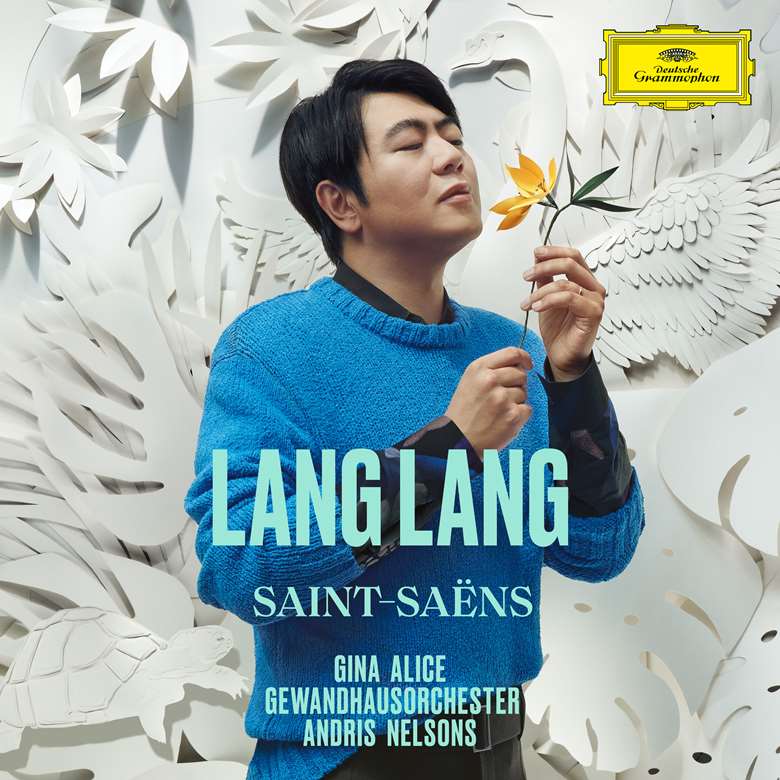Saint-Saëns: Piano Concerto No 2, Op 22. Le carnaval des animaux (Lang Lang, Gina Alice)
Peter J Rabinowitz
Friday, March 8, 2024
At its best this collection is sufficiently infectious that it’s worth looking past the flaws

Register now to continue reading
This article is from International Piano. Register today to enjoy our dedicated coverage of the piano world, including:
- Free access to 3 subscriber-only articles per month
- Unlimited access to International Piano's news pages
- Monthly newsletter








